Cancer care has advanced significantly over the past few decades, with remarkable strides in diagnosis, treatment, and survivorship. However, these advances have not been equitably distributed across all populations. Cancer care in America is significantly influenced by various social determinants of health and access to care. Understanding how these factors impact equitable care is crucial for developing effective interventions.
Geographic Barriers to Medication Access
Patients in rural or underserved areas face difficulties in accessing necessary medications and often lack specialized cancer care facilities and providers. These factors contribute to rural cancer patients facing higher mortality rates due to limited access to care.
A recent study by the Centers for Disease Control and Prevention (CDC) reported that in the most recent period for which the data were available, rural counties had lower cancer incidence rates but higher death rates for all cancer sites combined compared with nonmetropolitan urban and metropolitan counties1.
- Solution:
- Medically integrated teams can coordinate with local pharmacies.
- Use of telehealth services to reach remote patients.
Socioeconomic Disparities
Lower-income individuals have limited access to preventative care, timely diagnosis, and high-quality treatment options. These financial barriers lead to delayed treatment, lower adherence to treatment protocols, and higher mortality rates.
- Solution:
- Financial counseling and support programs.
- Assistance with insurance navigation and co-pay relief.
Cultural and Language Barriers
Miscommunication and misunderstanding can often occur due to cultural differences and language barriers. Without shared understanding and trust, these barriers represent significant obstacles in effectively treating patients, particularly those coming from communities that have historical trust concerns with the medical system.
- Solution:
- Ensuring that healthcare providers in underserved areas receive training to improve their understanding of cultural competencies and communication skills. This can help build trust and encourage patients to seek and adhere to recommended care.
- Multilingual support services and educational materials allow patients to comfortably understand and engage in their care plan.
Variability in Health Literacy
Higher educational levels correlate with better health literacy, which affects understanding of cancer prevention, early symptoms, and treatment options.
Patients with lower health literacy may struggle to understand treatment plans and medication instructions. Educational interventions are necessary to improve health literacy and cancer prevention behaviors when possible, and adaptive teaching methods can serve as a bridge to enhance health literacy.
- Solution:
- Simplified, clear communication strategies.
- Use of visual aids and interactive educational tools.
Fragmented Care Coordination
A lack of coordination between different healthcare providers leads to fragmented care that significantly impacts outcomes and patient trust. Despite technological advances, the barriers that remain in place to limit information shared across EMRs and hospital systems frustrate patients and don’t allow providers the line of sight needed to ensure coordinated care in most models.
- Solution:
- Integrated care models where all healthcare providers work collaboratively.
- Regular team meetings to discuss patient cases and ensure comprehensive care.
The Advantages of a Medically Integrated Team Align with Increasing Equitable Care
- Comprehensive Care Coordination: Ensures all aspects of a patient’s care are addressed.
- Enhanced Communication: Facilitates better understanding and adherence to treatment plans.
- Holistic Support: Addresses not only medical but also financial, emotional, and social needs.
- Continuous Monitoring: Provides ongoing support and adjusts care plans as needed.
- Patient-Centered Approach: Ensures care is tailored to the unique needs of each patient.
Cancer remains one of the most daunting health challenges globally. While advancements in oncology have significantly improved diagnosis, treatment, and survival rates, disparities in cancer care persist, especially among underserved communities.
Improving oncology patient services and support, particularly for these underserved populations, requires a multifaceted approach that encompasses education, access, community engagement, along with care coordination.
NCODA members can play a pivotal role in this process and significantly contribute to improving care for patients across the country. To hear more about enhancing equity in cancer care, be sure to attend the Sixth Annual NCODA Oncology Institute, which will take place on August 20-21 in Boston.
1- Henley SJ, Anderson RN, Thomas CC, Massetti GM, Peaker B, Richardson LC. Invasive Cancer Incidence, 2004–2013, and Deaths, 2006–2015, in Nonmetropolitan and Metropolitan Counties — United States. MMWR Surveill Summ 2017;66(No. SS-14):1–1











